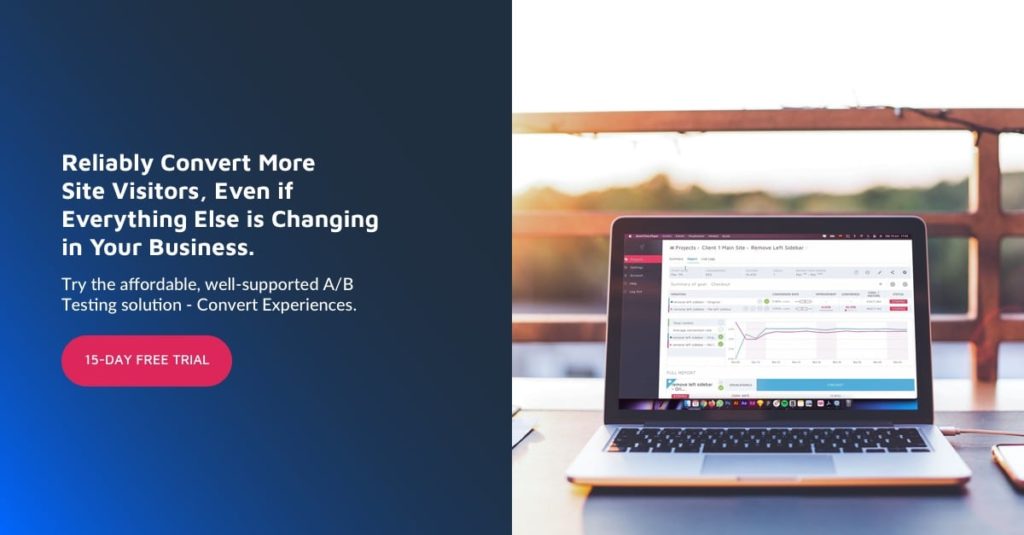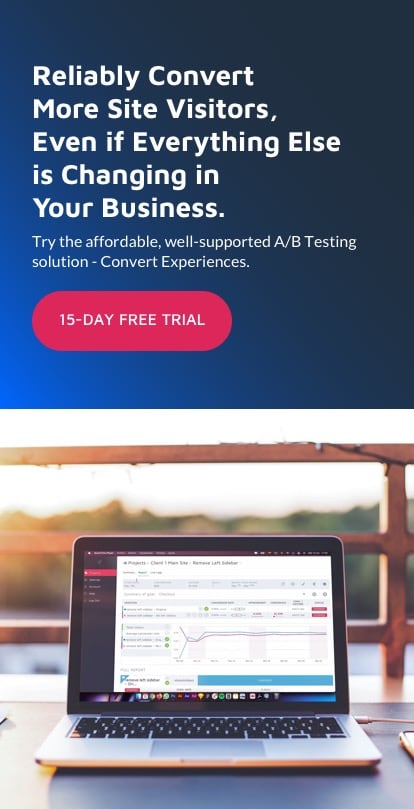6 Uncommon Ways to Use Data to Guide Your Marketing Decisions
Regardless of your marketing budget, when it comes to reaching your audience, what counts is how good you are at making decisions. It doesn’t matter whether you want to raise awareness, generate leads, or make sales. These decisions will influence your conversions, profits, and ultimately, your future growth potential.
But to make the best possible choices for your next marketing campaign, you’ll need accurate data and insight to base your decisions off.
After all, pages of information won’t do you any good if you don’t know what to look for. And even more, you need to know how to implement your findings to get the results you want.
So, if you’re looking for ways to step up your marketing game from basic practices to guaranteed, data-driven strategies, here are the six less common ways to use data to make better marketing decisions:
1. Make Your Copy Shine
One of the biggest sins of digital marketing is spending money on clicks that lead visitors to pages that aren’t 100% optimized.
This can be the result of various blunders, including outdated content, inefficient headlines, or text that is too difficult to read.
But, one creative way of using PPC data would be to identify these shortcomings and make the necessary changes based on what’s been shown to work.
By following what’s doing well in your ads and making a few improvements, you can:
- minimize bounce rates
- improve conversions
- get traffic that’s relevant to your business
Furthermore, these small changes can ensure substantial savings in the long run. They can be equally effective as a full redesign, without the cost and inconvenience.
For those on a budget (and let’s be real, who isn’t on a budget), keeping CPCs low is going to be a top priority.
However, this might mean competing for industry-specific or lower-search-volume keywords. And this might influence your Quality Score. Even if you’re ready to pay for more popular search terms, your ads need to be highly relevant to resonate in the way you expect them to.
This is why you should try to keep the copy on your landing pages as relevant for your ads as possible.
Make sure that the text includes the keywords you’re targeting. Furthermore, include them in your headlines to fully optimize your page.
Another great tool you can use to edit your copy is A/B testing.
It’s an excellent way to see what messages will resonate best with your audience, and it will help you decide on the features and benefits to point out in your copy. You can also use split testing to maximize the potential of your visuals and improve the placement of CTAs.
If you’re running a PPC campaign on Google, a simple way to use the received data is to take a look at your text ads and see which headlines provided the highest CTRs. As these were proven to be effective, you can adjust your on-page data to use text that resonates with your audiences.
A great example of this in action comes from Filecamp, who used their Google text ads copy and applied it to the hero section of this landing page. The strategy is simple, yet it promises excellent results for most businesses.
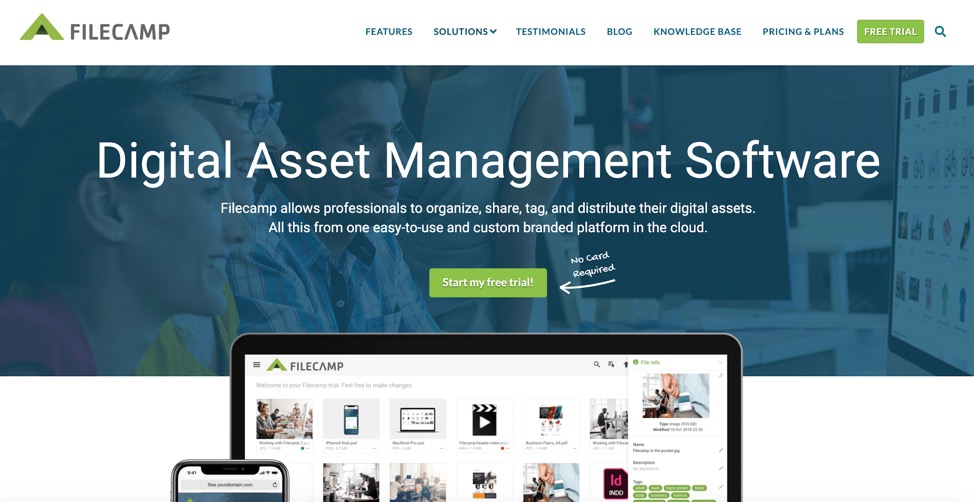
Another example comes from shoe brand Birchbury. They ran one Facebook ad to two different landing page variations.

The first landing page had a bullet list of features, among other copy differences.

The second landing page shown below which focused a bit more on the benefit of shoes that look good also displayed the pre-sale discount more prominently. It resulted in an 85% increase in conversion rate, so it was the clear winner.

2. Build a Solid Content Marketing Strategy
Using statistics from your text ads is a great way to improve your landing pages. But what’s even better is taking the data you gathered through a PPC campaign and implementing it to boost organic traffic.
As you’re already aware, a solid content marketing strategy can help you boost your rankings. It also makes it possible to drive awareness as well as conversions and sales.
The right content won’t just help you reach your target audience, but it will also show the full potential of your products. It will aid customer retention by providing value that doesn’t diminish with time.
When it comes to the preparation required for developing a content marketing strategy, keyword research is almost always step one.
There are several ways of going about it. You could utilize an SEO tool like Ahrefs’ Keyword Generator or use Google’s slightly less informative Keyword Planner.
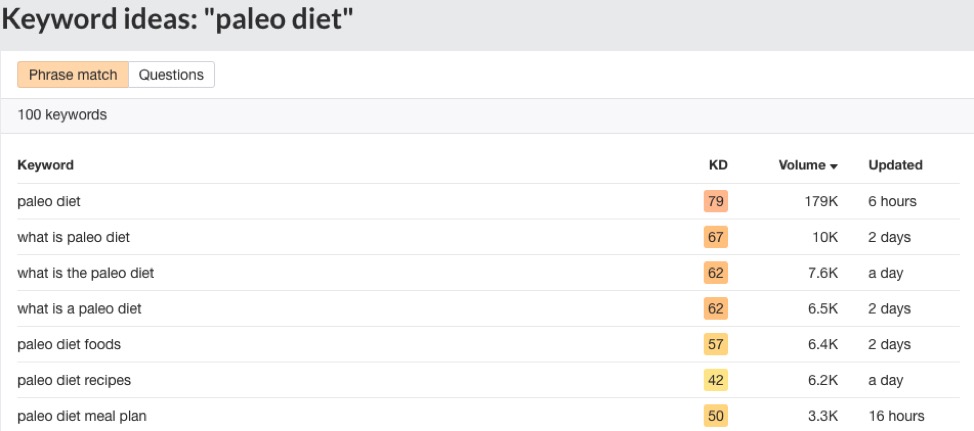
The problem is, however, that both of these resources only provide estimates in terms of average monthly searches and how much you can benefit from ranking for each of the search terms.
But if you’re running PPC campaigns, you already have insightful information about the keywords that resonate with your audience.
Let’s say that you’re in the business of creating different meal plans. If you’ve run a PPC campaign on Google, you can collect the data and use it to plan your content marketing strategy.
Take a company like Ultimate Meal Plan. They could get more insightful data than those provided by search estimate tools by actually running a real PPC campaign.
For instance, search volume estimates from AHREFS show that ‘paleo diet plan’ gets far greater searches per month than ‘paleo meal plan.’ But upon targeting both terms in search ads, ‘paleo meal plan’ receives more impressions, clicks, a lower bounce rate, and a higher conversion rate. This suggests that this would be a better target keyword for organic search, despite the estimated search volume data from the keyword research tool. Thus, they can build their landing page around that keyword, rather than the keyword which AHREFS shows has higher search volume.
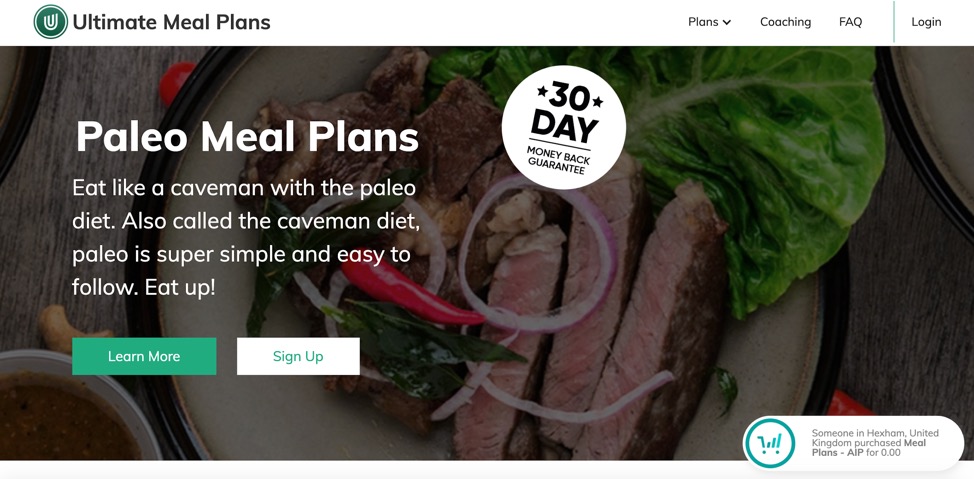
Once those campaigns have run for a certain period, they can start creating content that will bring in organic traffic for the most relevant keywords. By writing pillar content around short-head keywords as well as insightful articles around long-tails, the brand could build its authority by targeting specific subjects that users are already searching for.
3. Inform Better Product Development Decisions
For startups and growing businesses, one of the best ways to use data to make decisions is to employ easily accessible marketing tools for research and product development.
Google AdWords is a particularly powerful platform. It offers advanced functionalities you can efficiently utilize to make your mark on the market.
If you have a Google Ads account, you’ve probably toyed around with the Keyword Planner. Under regular circumstances, you’d use it to find keywords to target or search terms you want to exclude from your ads to prevent wasted resources.
But if you’re looking for product development ideas, it’s quite helpful, too.
Let’s say you’re a footwear manufacturer specializing in running shoes. Your first product was great, but now you are looking to develop something new that would allow you to widen your reach. Without conducting in-depth market surveys, how do you know what people want?
Well, your AdWords account may have a way to get you to your starting point. Here’s what you can do:
- Take the Keyword Planner tool and enter a broad search term, such as “running shoes.”
- Then, filter the results to exclude competing brands, gender information, irrelevant types of footwear (like flats), and other filters that are unrelated to what you currently specialize in.
- You’ll get a comprehensive list of keywords along with average monthly searches, as well as information on how much you can expect to pay for a top-of-page display position.
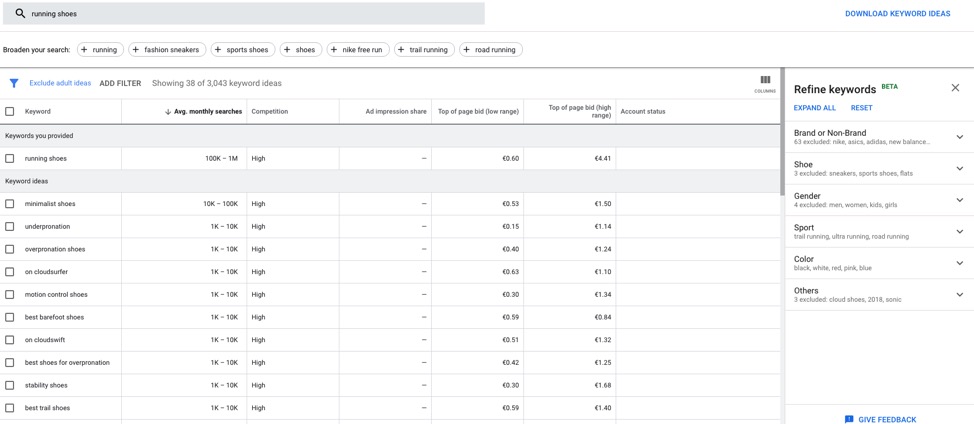
From here, you can continue doing research online, for example, focusing on “minimalist shoes.” You’ll find that your two main competitors are Merrell and Vibram, with big players such as Nike, Saucony, and Adidas holding a small share of the market.
Taking these results to your team, you might find that barefoot running footwear is a great idea to focus on. So, you can put in a collective effort to get started on developing your new product.
4. Optimize Organic & Paid Social Media Campaigns
If content is king, social media is its kingdom. No other space allows you (yet) to access your audience in quite such a personalized way.
But putting together a social media strategy can be a tricky undertaking – especially if you don’t have a clear vision of what’s working and what’s falling on deaf ears.
For starters, you can use analytics to optimize your posting schedule. As you’re well aware, consistency is key to reach, but uploading at 2 A.M. isn’t the best strategy for most businesses.
This is especially easy to do on Instagram, where your business account has a dedicated Insights section with some pretty great data about your audience. You can see where your followers are from, what age group they belong to, their gender, and, perhaps most importantly, the days and times they are most likely to be active on the platform.
Alternatively, you can use data from your accounts to make the absolute most of your paid marketing efforts.
On the Facebook Analytics page, you have the option of monitoring a variety of sources, conversions, and types of engagement to identify the content that is most likely to, say, bring in new followers.
Once you’ve identified the best content for your desired action, go ahead and turn it into an ad. While it takes more work setting up than boosting a post, this type of advertisement allows greater control over your objectives, audience, retargeting, and placement options. That in itself is a solid reason to choose it over the more standard boost.
5. Polish Your Tone to Perfection
Speaking of learning about your audience, why not take data from your social media accounts and Google Analytics to customize your tone?
While some brands cater to a specific audience in terms of gender, age group, or location, others might find themselves appealing to a much wider group. Tech and apparel are a great example of products that different demographics will seek out, but with different wants and pain points.
For starters, we already spoke about the analytics data you can access through your social media accounts. However, the information you receive there is bound to be incomplete.
The reason is simple – different social media platforms appeal to varied demographics. So, while you might find that Instagram is excellent for reaching females aged 13-29, it won’t do as well if you’re targeting individuals over 65 years of age.
That’s why you should not disregard the data you get from other analytical sources.
The most popular and insightful of these is Google Analytics. It gives you a vast array of information on demographics and behavior. Plus, you can use this information to make the absolute most of your web.
Let’s look at an example of how you could use analytical data to polish the tone in your messaging:
Medical Alert Buyers Guide is a company that specializes in reviewing medical alert systems. Using analytical data, they are likely to find that their customers can be divided into two audience segments:
- elderly people looking for products to use themselves
- the children and caretakers of the elderly who want to provide their loved ones with maximum security
By knowing that there are two different groups of people they need to appeal to, the brand’s creative team should come up with different ad creative and copy, addressing each group’s priorities.
For the elderly, it could address their need to feel safe or the benefits of having a wearable on hand.
For their caretakers, however, it could be something along the lines of what they already have on their website, addressing the wish to keep their elderly loved ones safe.

6. Use Filters to Avoid Poor Decision-Making
While the analytical data you can gather from Google Ads, Analytics, and your social media accounts is an irreplaceable source of information, it’s still possible for it to lead you astray.
Think about it this way: if you’ve only recently started a brand, a significant portion of your followers may include friends and family who might not be your exact target audience. But, as they engage with your content on the regular, they’re automatically included in your analytics.
Something similar can happen with your website, which you and your team are bound to visit several times per day.
It is for this reason that you need to be vigilant about filtering your analytical data. After all, like subpar team collaboration, bad data can negatively influence your decision-making.
To get the most out of your Google Analytics account, consider creating the following filters:
- Internal traffic – You don’t want you and your team to show up in your reports, so exclude your IP addresses to avoid inaccurate data.
- Capitalization – By default, uppercase and lowercase spelling will show up as separate reports. You can use filters to prevent this from happening.
- Ease of use – Some reports will have hard-to-read identifiers, so replace these with phrases that will be easier to read.
- Subdirectories – If your website includes a blog (which it should), then you might want to have a separate report for how your content is performing.
Now, before you get started with filters, consider two things.
The first is whether you can access the data you’re after with a segmented view. Most often, there’s no need to create location or device filters.
Secondly, an unfiltered view is also important as it could bring your attention to website visits/actions you would otherwise have overseen.
Finally, to make the best possible use of the data you can collect, consider your goals, then choose sources and filters based on your objectives.
Conclusion
There are various ways to collect and use data to make better marketing decisions. Whether you go with the strategies we’ve talked about in this article or decide to try something more visual (like heat maps, for example), know that the best way forward is to combine information with critical thinking. Collect, filter, study, and think about how any statistic applies to the unique circumstances of your business.
This way, you’ll be equipped to make excellent decisions. You’ll be tapping into the full potential of your business, staying on top of trends, and maximizing your efforts on all fronts.
Written By
Karl Kangur

Edited By
Carmen Apostu

